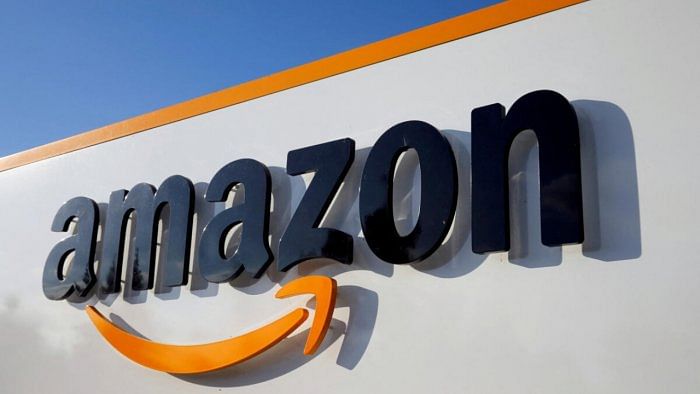
Amazon Logo.
Credit: Reuters Photo
Amazon, the multinational e-commerce giant, may axe about 14,000 managerial positions by early 2025, according to a report by The Times of India, which cited an analysis by Morgan Stanley.
The move, which may potentially save up to Rs 25,206 crore ($3 billion), aligning with CEO Andy Jassy's aim to increase the ratio of individual contributors to managers at minimum 15 per cent by the end of 2025's first quarter.
According to Jassy, these changes are part of the company's vast efforts to 'function like the world's biggest startup' along with giving importance to 'strong urgency, high ownership, fast decision-making, scrappiness and frugality and deep-connected collaboration'.
According to the report, Morgan Stanley's analysis says that if Amazon cuts its management workforce from 1,05,770 to 91,936 globally, it will result in annual cost savings between Rs 17,644 crore ($2.1 billion) to Rs 30,248 crore ($3.6 billion) corresponding to 3 per cent to 5 per cent of Amazon's profit goals in 2025.
The change in the restructuring aims to remove unnecessary organisational authority layers to improve the company's agility.
Though the company has not marked out specific jobs cuts, but it could reassign managers to new roles, the report suggests.
According to the report, Amazon, which hired a lot of managers before and has now decided to make a change to the number of workforce positions, has asserted that every team and its structure will be reviewed and there's a probability that 'some' roles might be axed.
According to Morgan Stanley's estimate, 7 per cent of Amazon's workforce holds managerial positions with an estimated cost of Rs 1.6 crore to Rs 2.9 crore ($200,000 - $350,000) for every manager.
On Friday, Amazon Transportation Services and the Department of Posts (India Post) had announced a strategic partnership to boost nationwide delivery capabilities.
Both entities have inked a Memorandum of Understanding (MoU) to this effect. The collaboration will work towards maximising efficiencies, optimising resource utilisation, and exploring capacity sharing across their respective logistics networks.